PermaBase� Cement Board without waterproofing
Bongo
9 years ago
Featured Answer
Sort by:Oldest
Comments (18)
StoneTech
9 years agoBongo
9 years agoRelated Professionals
Roselle Kitchen & Bathroom Designers · Fullerton Kitchen & Bathroom Remodelers · Manassas Kitchen & Bathroom Remodelers · Eagle Mountain Glass & Shower Door Dealers · Gilbert Glass & Shower Door Dealers · Springfield Glass & Shower Door Dealers · Effingham Cabinets & Cabinetry · Lakeside Cabinets & Cabinetry · Red Bank Cabinets & Cabinetry · Watauga Cabinets & Cabinetry · North Bay Shore Cabinets & Cabinetry · Gadsden Window Treatments · Gadsden Window Treatments · South Yarmouth Window Treatments · Westfield Window TreatmentsUser
9 years agoBongo
9 years agoBunny
9 years agoBongo
9 years agoJoseph Corlett, LLC
9 years agoBongo
9 years agoBongo
9 years agomayflower1032
9 years agoBunny
9 years agoBongo
9 years agosuzanne_sl
9 years agoBunny
9 years agosuzanne_sl
9 years agoBongo
9 years agosuzanne_sl
9 years ago
Related Stories

BATHROOM DESIGNConvert Your Tub Space Into a Shower — Waterproofing and Drainage
Step 4 in swapping your tub for a sleek new shower: Pick your waterproofing materials and drain, and don't forget to test
Full Story
TILEEpoxy vs. Cement Grout — What's the Difference?
Grout is grout, right? Nope. Cement and epoxy versions have different appearances, durability and rules of installation
Full Story
ARCHITECTUREHouzz Tour: Sturdy Enough for a Tsunami
Storms don't scare this Washington state home; breakaway features and waterproof finishes let it weather high winds and waves
Full Story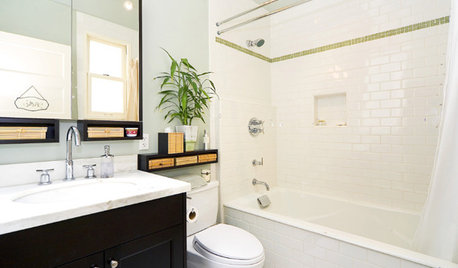
BATHROOM DESIGN7 Tile Tips for Baths on a Budget
How to Add Style to Your Bathroom Without Breaking the Budget
Full Story
BATHROOM DESIGNConvert Your Tub Space Into a Shower — the Tiling and Grouting Phase
Step 3 in swapping your tub for a sleek new shower: Pick the right tile and test it out, then choose your grout color and type
Full Story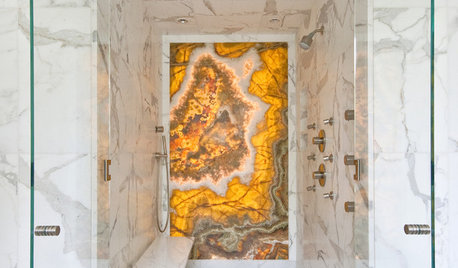
BATHROOM DESIGNHow to Build a Better Shower Curb
Work with your contractors and installers to ensure a safe, stylish curb that keeps the water where it belongs
Full Story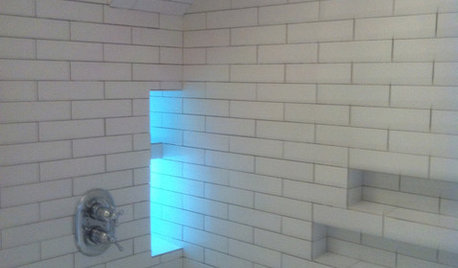
BATHROOM DESIGN10 Top Tips for Getting Bathroom Tile Right
Good planning is essential for bathroom tile that's set properly and works with the rest of your renovation. These tips help you do it right
Full Story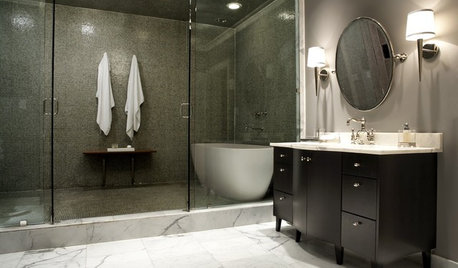
BATHROOM DESIGNHow to Choose Tile for a Steam Shower
In steamy quarters, tile needs to stand up to all that water and vapor in style. Here's how to get it right the first time
Full Story
BATHROOM DESIGNHow to Settle on a Shower Bench
We help a Houzz user ask all the right questions for designing a stylish, practical and safe shower bench
Full Story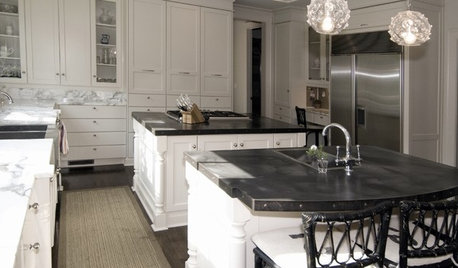
KITCHEN COUNTERTOPSKitchen Countertop Materials: 5 More Great Alternatives to Granite
Get a delightfully different look for your kitchen counters with lesser-known materials for a wide range of budgets
Full Story





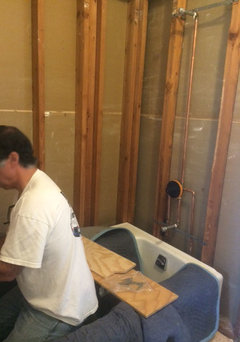
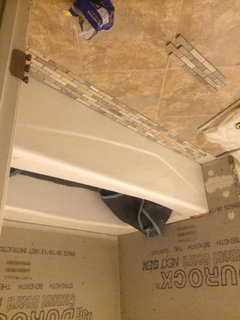
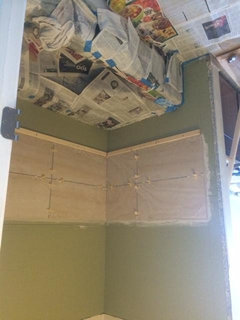

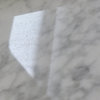

blubird